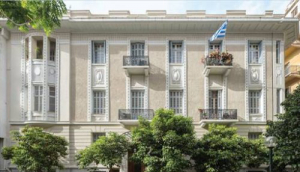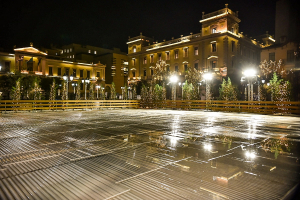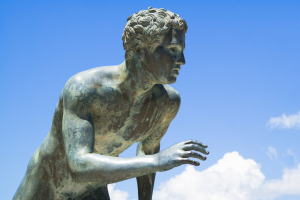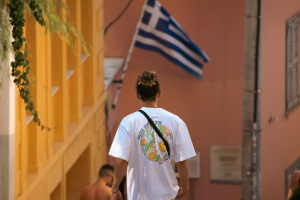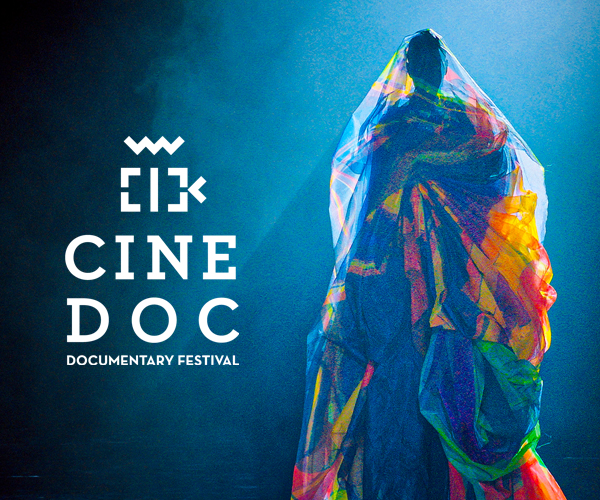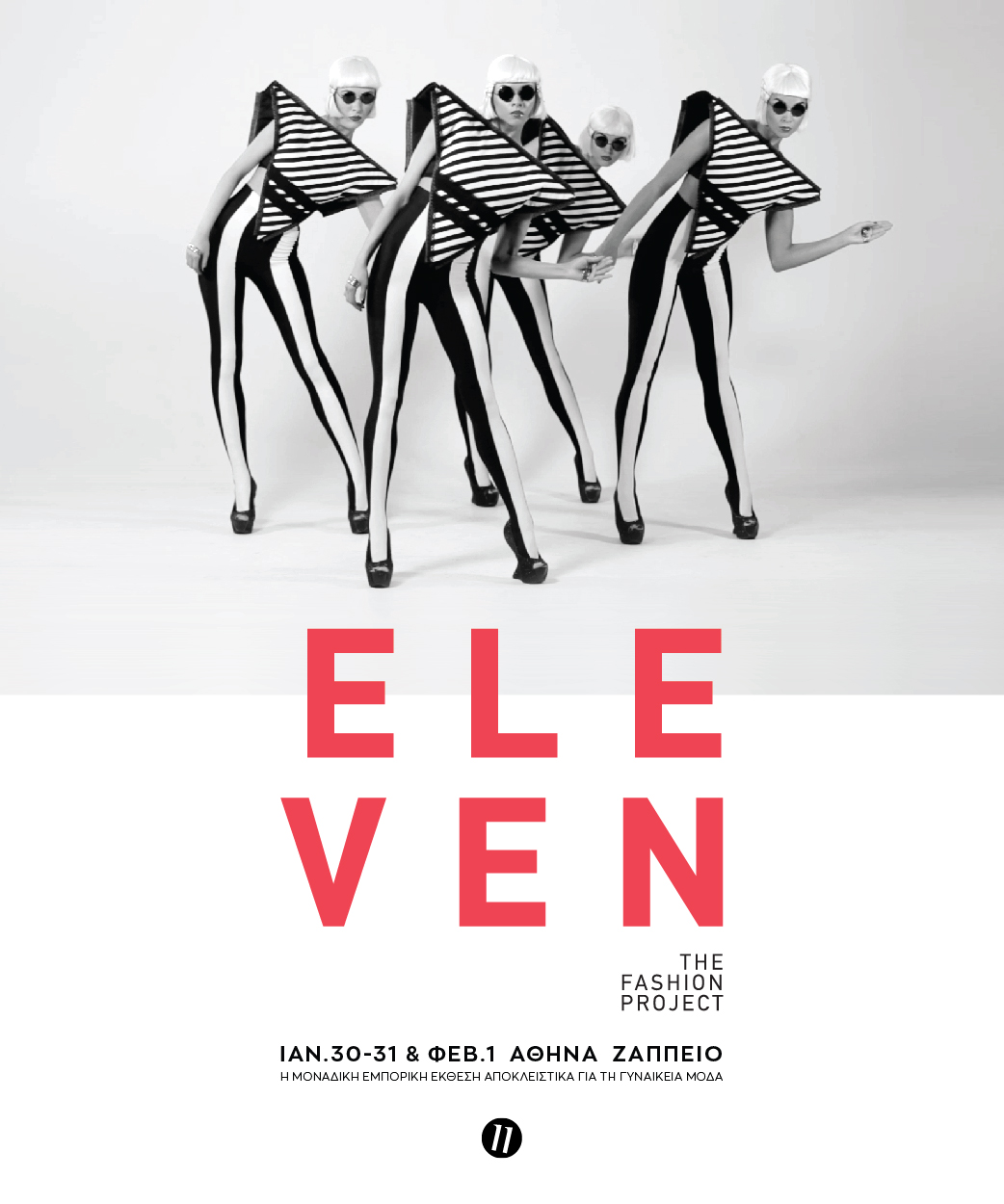XpatAthens
Athens Tennis Club: The Oldest Tennis Club In Greece
Founded in 1895, the ‘Athens Tennis Club’ is the oldest tennis club in Greece; and has consistently served the tennis loving community of Athens for more than 120 years! The tennis club hosted the Olympic games of tennis during the first modern Olympic games that took place in Athens in 1896.
Today, the club is open to athletic groups, children, adults and seniors! It is a perfect place for outdoor family activities and its courts can be reserved by non-permanent members of the club.
The state-of-the-art tennis courts, the beautiful surroundings, and the club’s elegant restaurant make the ‘Athens Tennis Club’ an ideal destination for mild athletic activities, leisure and relaxation.
To read this article in full, please visit: yougoculture.com
Smartphone App Sheds Light On The City's Most Historic Buildings
To read more about the project, please visit: snf.org
New Ice Rink Opens In Central Athens
Several more ice rinks have already opened around the city. Worth visiting for example is the rink set up in the middle of the Stavros Niarchos Foundation Cultural Center canal, which will be open until February 6 this year (skating there is also free, with obligatory pre-registration here), and the rink at Village Shopping & More, in Renti, which will also stay open until February (skating here costs €10 including skate rental, and you can skate for as long as you want). You’ll also find rinks at many malls, at the Megaron Music Hall, and at the some of city’s Christmas markets.
To read this article in full, please visit: greece-is.com
Six Greek Cities To Become EU Climate-Neutral & Smart Cities
The Mission for Climate-Neutral and Smart Cities is a novelty of the Horizon Europe research and innovation program for 2021-2027. It aims to bring concrete solutions to the enormous challenge of climate change and digital transformation. The selection of the Greek cities is a great success for the country and it is the result of hard work and cooperation between the 6 cities and the Greek Environment Ministry in the last two years.
Kozani: The energy producing area of Greece
Kozani is a city in northern Greece, the capital of the Kozani region of West Macedonia. The city is known for its large lignite power plants making it, so far, the leading energy-producing area of Greece. After the Greek government’s decision though about the closure of all coal-fired plants by 2028 (the deadline for Kozani being in 2023), local authorities have been preparing a new Strategic Plan for the city aiming to contribute to a smoother transition toward a clean energy regime. The new plan includes policies that will be innovative in energy efficiency through the development of Renewable Energy Sources enhancing at the same time the digital transformation of the local economy and governance.
Trikala: The first digital city of Greece
Trikala sits at the heart of the Greek mainland, located in the region of Thessaly and it has the reputation of being a frontrunner as a smart city, being labeled in 2004 as Greece’s “first digital city”. Today under the name “Smart Trikala”, public authorities have developed a wide range of digital solutions to help improve the lives of citizens and the city has performed highly in terms of innovation results. Trikala is one of the most dynamic medium-sized cities in Europe, being a pioneer in designing innovative ICT solutions in electromobility, energy, e-health, and open governance for the benefit of its citizens.
Ioannina: The lake city of Epirus
Ioannina is the capital of Epirus, a north-western region of Greece, and a beautiful lake city with long history built on Egnatia Odos, an ancient route that connects Europe with Asia. The economy of Ioannina has purely urban characteristics determined by the fact that the city is the commercial and administrative center of the region. Sustainable urban development, with respect and protection of the natural environment, is among the key elements and major strategic goals of all policy strategies and plans of the Municipality.
Kalamata: The Mediterranean city of the southwestern Peloponnese
Kalamata is a Mediterranean city of the southwestern Peloponnese and the capital of Messinia, being faced occasionally with extreme weather events. To deal with the effects of climate change, local authorities in Kalamata have been implementing national and EU projects of more than 120 million Euros for the last 5 years, while at the same time through their participation in these programs local authorities have gained important knowledge and they have participated in beneficial synergies and networks.
To read this article in full, please visit: greeknewsagenda.com
Main image: @dimos.kozanis
What Did The Ancient Greeks Look Like?
To put everyone at ease from the start, evidence strongly suggests that modern Greeks are genetically similar to those who inhabited these lands 2,500 years ago. Thanks to recent DNA studies of ancient human remains, we now know that today’s Greeks share a “genetic overlap” with even earlier populations in the region, being closely related to the Bronze Age Mycenaeans (ca. 1600-1200 BC) and, even further back in time, to the migrant Neolithic farmers who first ventured across the Aegean from Anatolia in the 7th and 6th millennia BC.
It’s safe to say that when we think of the descendants of the ancient Greeks, we needn’t go any further than the modern population. But beyond the typical Mediterranean stereotype of dark hair, brown eyes, and olive skin that we often associate with people of Greek descent, we also know that modern Greeks are quite diverse in appearance, including those with much fairer coloring (blue and green eyes, blond hair and even the occasional redhead), and others who are much darker in complexion.
Ancient Greeks In Art
Minoan frescoes (the art of painting on plastered walls) from the mid-second millennium BC, notably from Crete and Santorini – the famous wall paintings of Thera, for example – make clear distinctions between male and female figures. Tall and slender, with narrow waists and long, dark hair, men are often depicted with reddish-brown skin, while women appear as porcelain white, with piercing kohl-rimmed eyes, and with fuller figures. This artistic convention is similar to the depiction of men and women in ancient Egyptian frescoes. In reality, Minoan women likely applied a foundation of toxic white lead or carbonate to lighten their complexion, a practice that was widely used by aristocratic women in late 16th through 18th century Europe (e.g., Queen Elizabeth I of England).
Finely painted ceramic vessels from the mid-first millennium BC, especially during the later Archaic and Classical periods (ca. 600-323 BC), provide key insight into aspects of everyday life, offering some interesting clues about the physical characteristics of everyday people. Both men and women are usually depicted with low foreheads, thick curly hair, almost always black or dark brown, straight noses, large eyes, and ovoid faces. The bi-chromatic nature of the art (both in black-figure and the later red-figure traditions) makes it difficult to determine skin coloring, but the white-ground technique, developed in Attica ca. 500 BC, gave artists more freedom to express colors. In a similar fashion to earlier Bronze Age art, women often appear as fair-skinned while men often appear in darker hues or completely black.
Human Remains
A recent Harvard University study analyzed the ancient DNA extracted from the teeth of 19 people, including 10 Minoans from Crete (dating from 2900-1700 BC), four Mycenaeans from the Greek mainland (1700-1200 BC), and five individuals from other Bronze Age or early farming (Early Neolithic) communities (5400-1340 BC). It was found that the Minoans and Mycenaeans were closely related to each other, inheriting three-quarters of their DNA from the earlier farmers who had migrated across from Anatolia (modern-day Turkey). Crucially, the Mycenaeans were found to have as much as 16 percent of their DNA from the Eurasian Steppe and/or Armenia, indicating a genetic divergence from their Minoan cousins. It appears that these northern ancestors didn’t make it as far south as Crete.
When compared to the DNA of modern Greeks, it was found there is a close “genetic overlap” with the ancient Mycenaeans, sharing many of the same ancestral roots but with some additional dilution of the earlier Neolithic ancestry. Remarking on the continuity of the modern population with their Late Bronze Age forebears, co-author George Stamatoyannopoulos of the University of Washington in Seattle, said it’s “particularly striking given that the Aegean has been a crossroads of civilizations for thousands of years.” While modern Greeks have acquired further genetic traits from later migrations, it’s no surprise that the genes for dark hair and brown eyes, carried over from the Minoans and Mycenaeans, remain so dominant today.
To read this article in full, please visit: greece-is.com
The Golf and Maritime Industries Shined During The 9th Year Of The Top Greek Maritime Golf Event
Photo by Zagas Photography / Greek Maritime Golf Event)
Discover Hidden Gems: 7 Beaches In Greece Worth Visiting
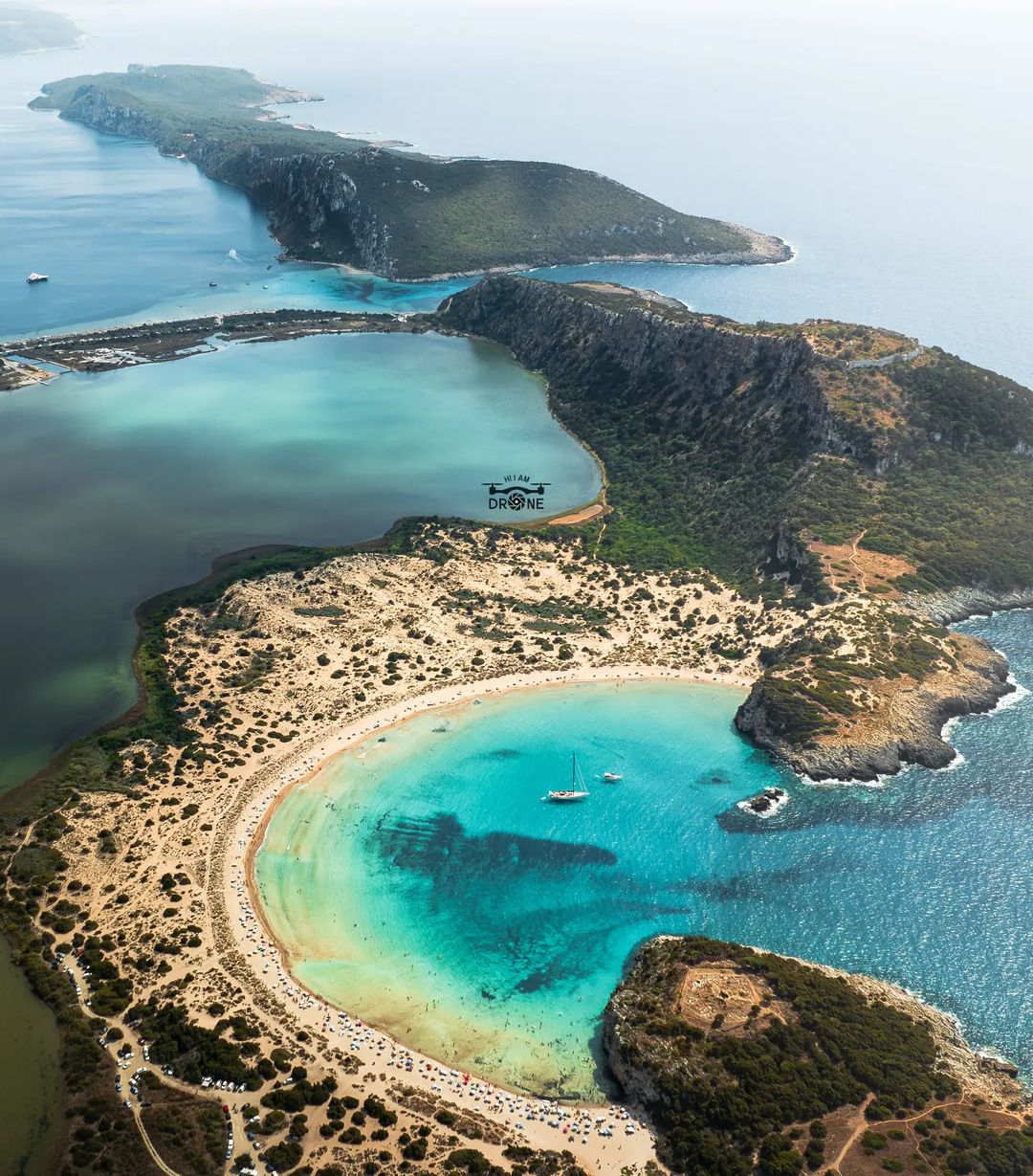
@hi_i_am_drone
Tucked away in the Peloponnese, Voidokilia Beach is a natural wonder shaped like the Greek letter omega. Its crystal-clear waters and soft sandy shores are framed by sand dunes and an ancient castle. It’s perfect for a serene escape.
2. Elafonisos, Lakonia
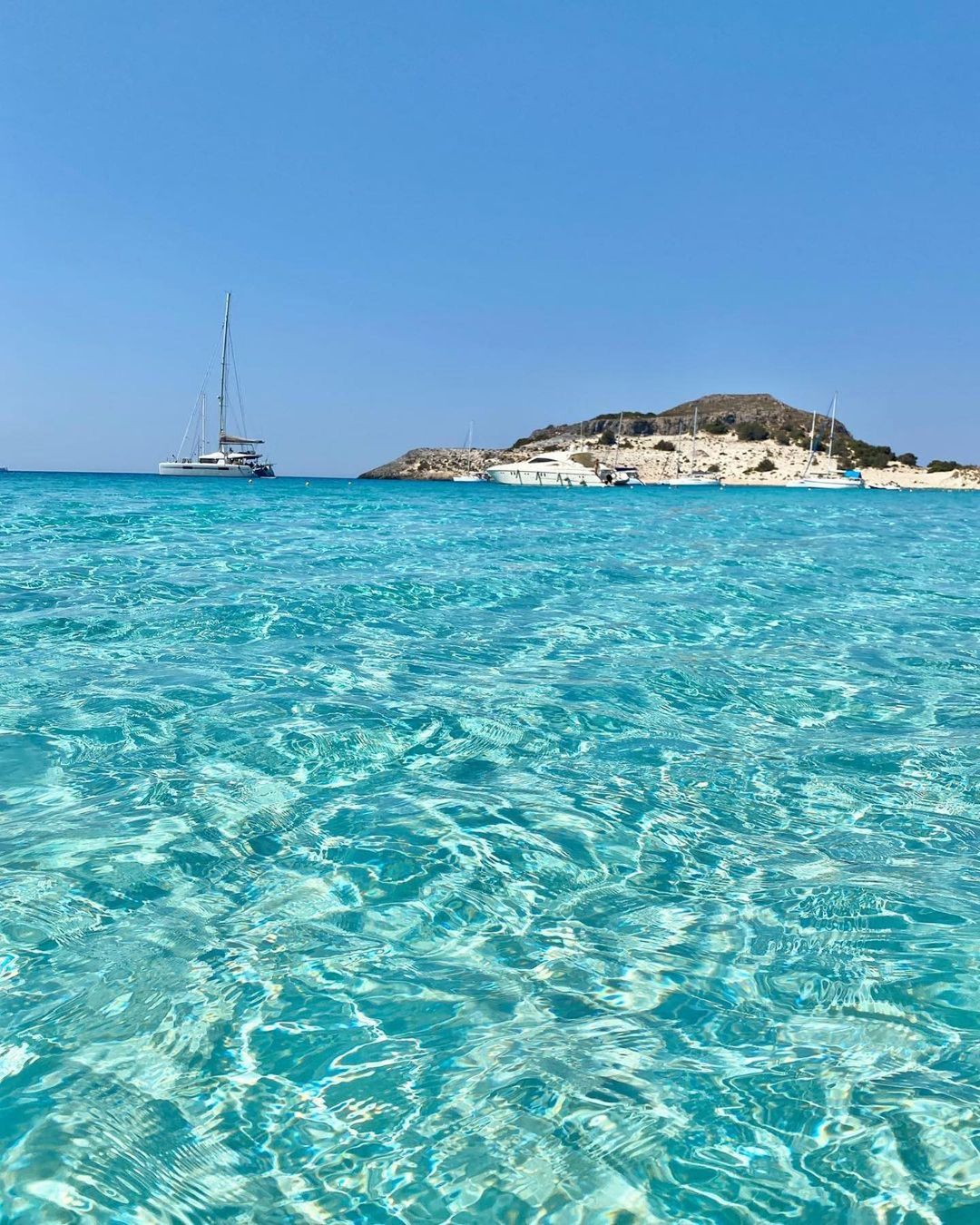
@diokaminaris
Elafonisos is a tiny island located off the coast of the Peloponnese. Simos Beach, with its twin bays, offers turquoise waters and fine white sand. It’s an idyllic spot for those seeking a picturesque and less crowded beach experience.
3. Ammoudi Beach, Crete
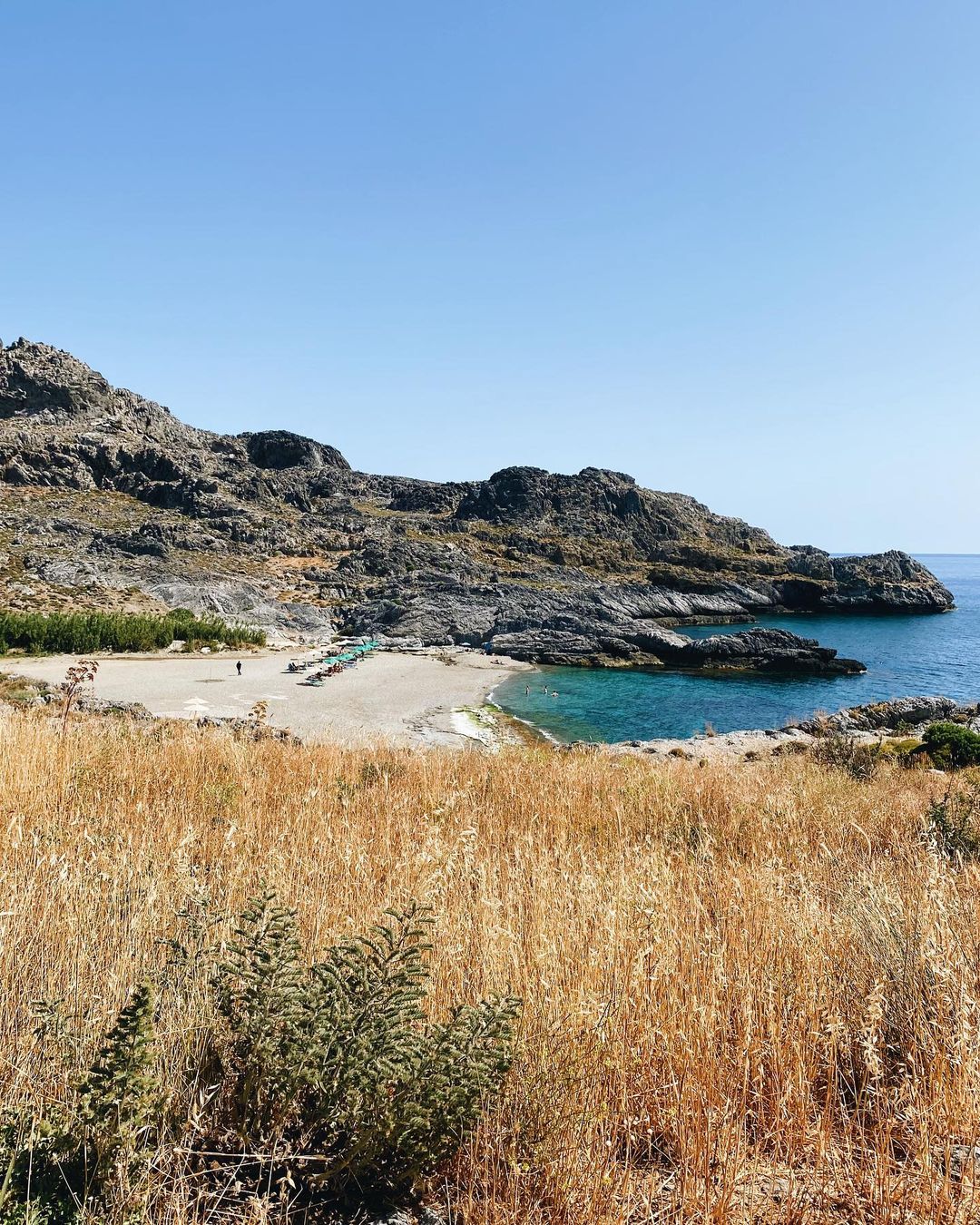
@lordperpis
Nestled on the southern coast of Crete near the village of Plakias, Ammoudi Beach is a secluded haven with clear waters and dramatic cliffs. It’s ideal for snorkeling and enjoying a peaceful day by the sea.
4. Kastani Beach, Skopelos
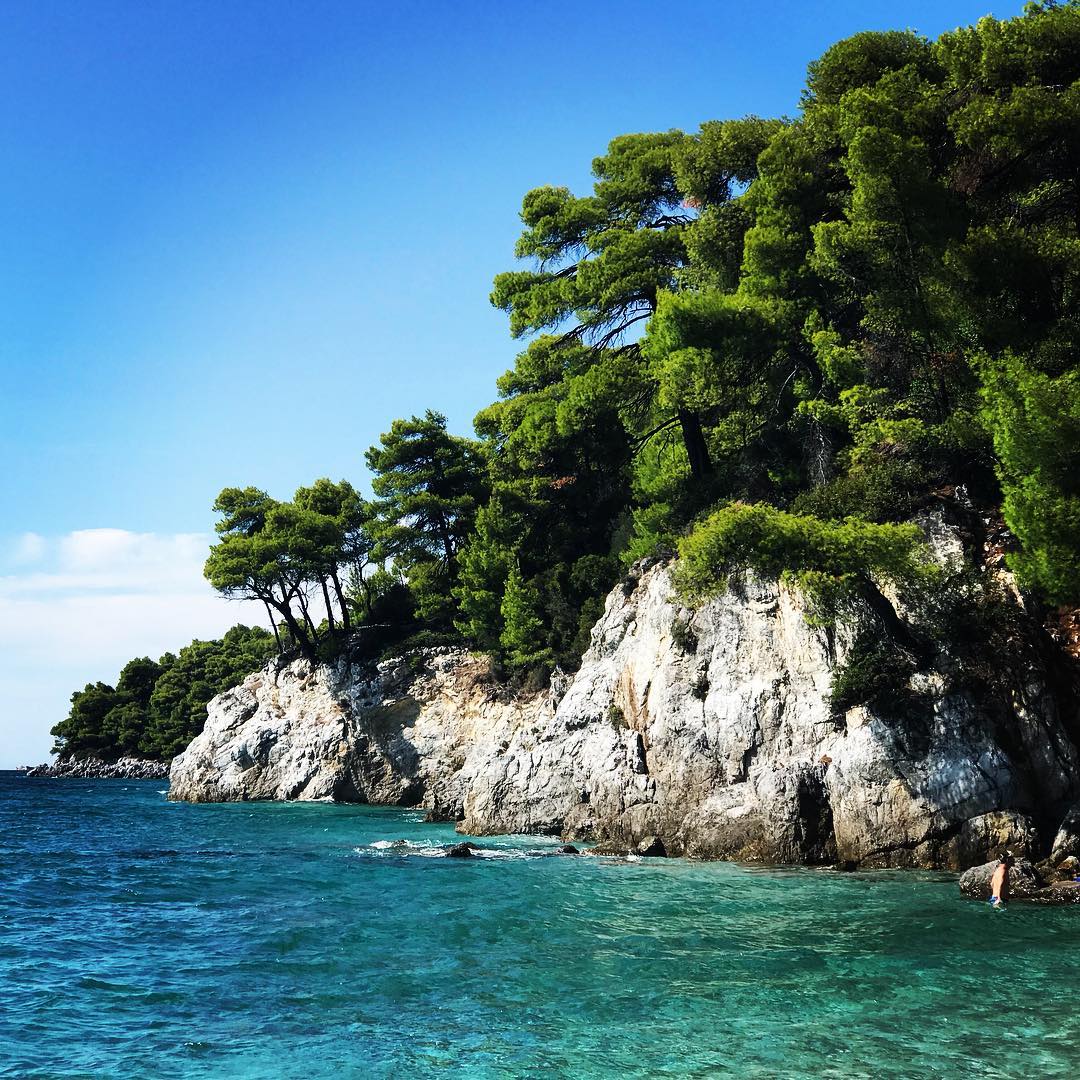
@nikoslunar
Famed for its role in the movie "Mamma Mia!", Kastani Beach remains a hidden gem. Its lush green surroundings, pebbly shore, and crystal-clear waters make it a scenic and relaxing retreat on the island of Skopelos.
5. Seychelles Beach, Ikaria
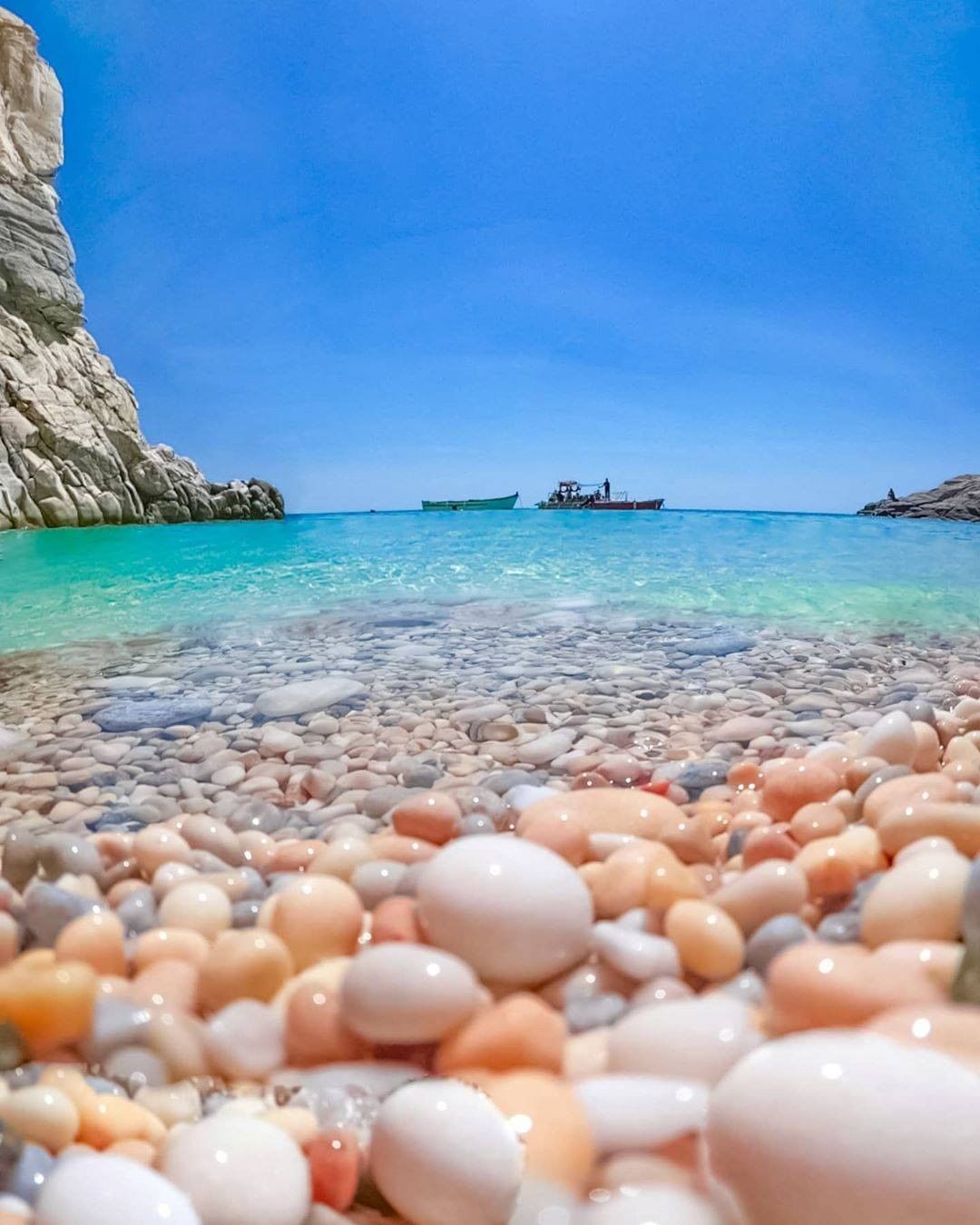
@giannistsou.1
Ikaria is known for its laid-back lifestyle and longevity of its residents. Seychelles Beach, located in a secluded cove, offers azure waters, smooth pebbles, and dramatic rock formations, creating an otherworldly atmosphere.
6. Kolona Beach, Kythnos
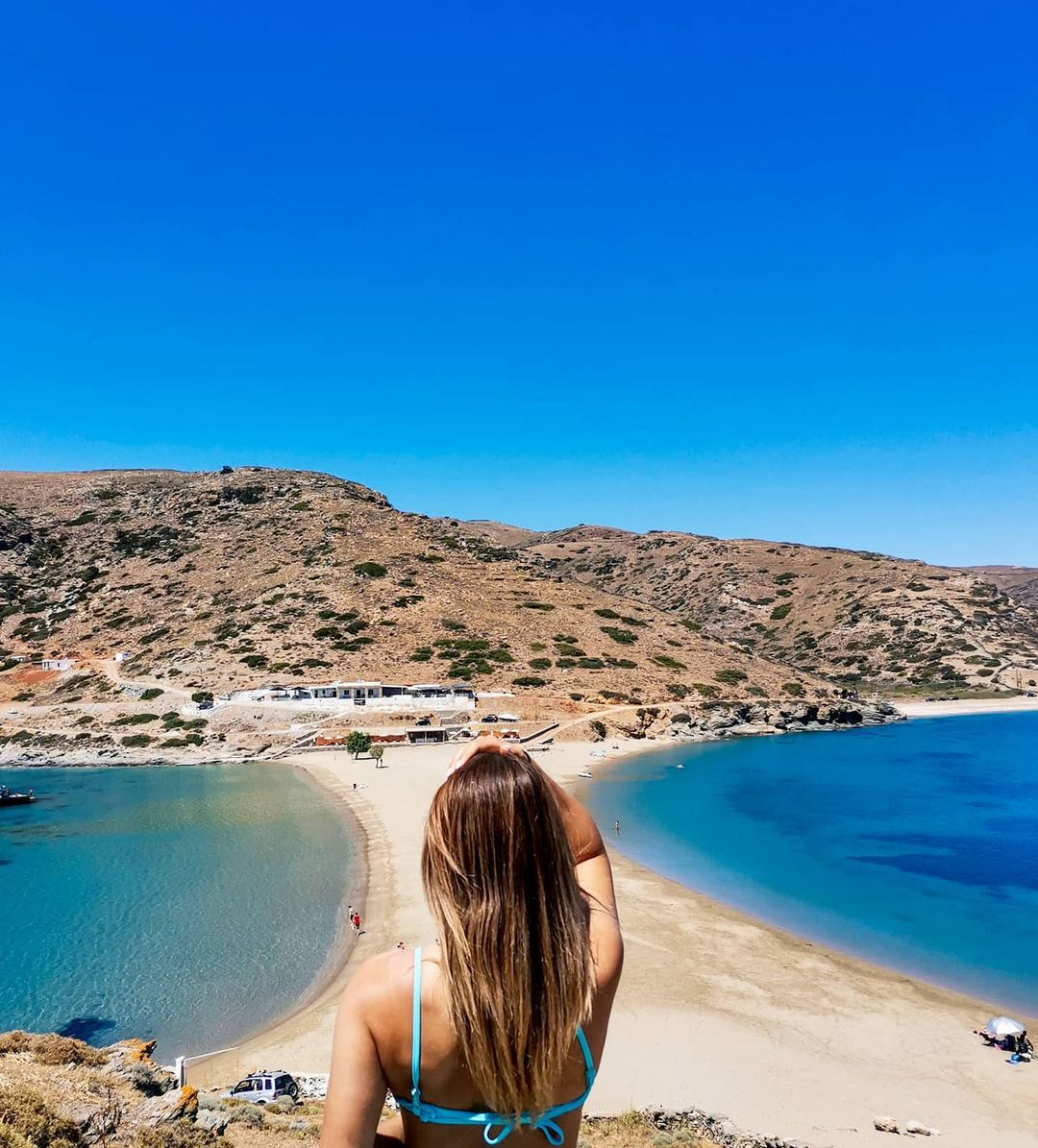
@veronikaprs
Kolona Beach is unique for its double coastline, connecting the main island of Kythnos to the islet of Agios Loukas. With its golden sands and clear blue waters on either side, it’s a must-visit for beach lovers seeking a unique landscape.
7. Voutoumi Beach, Antipaxos
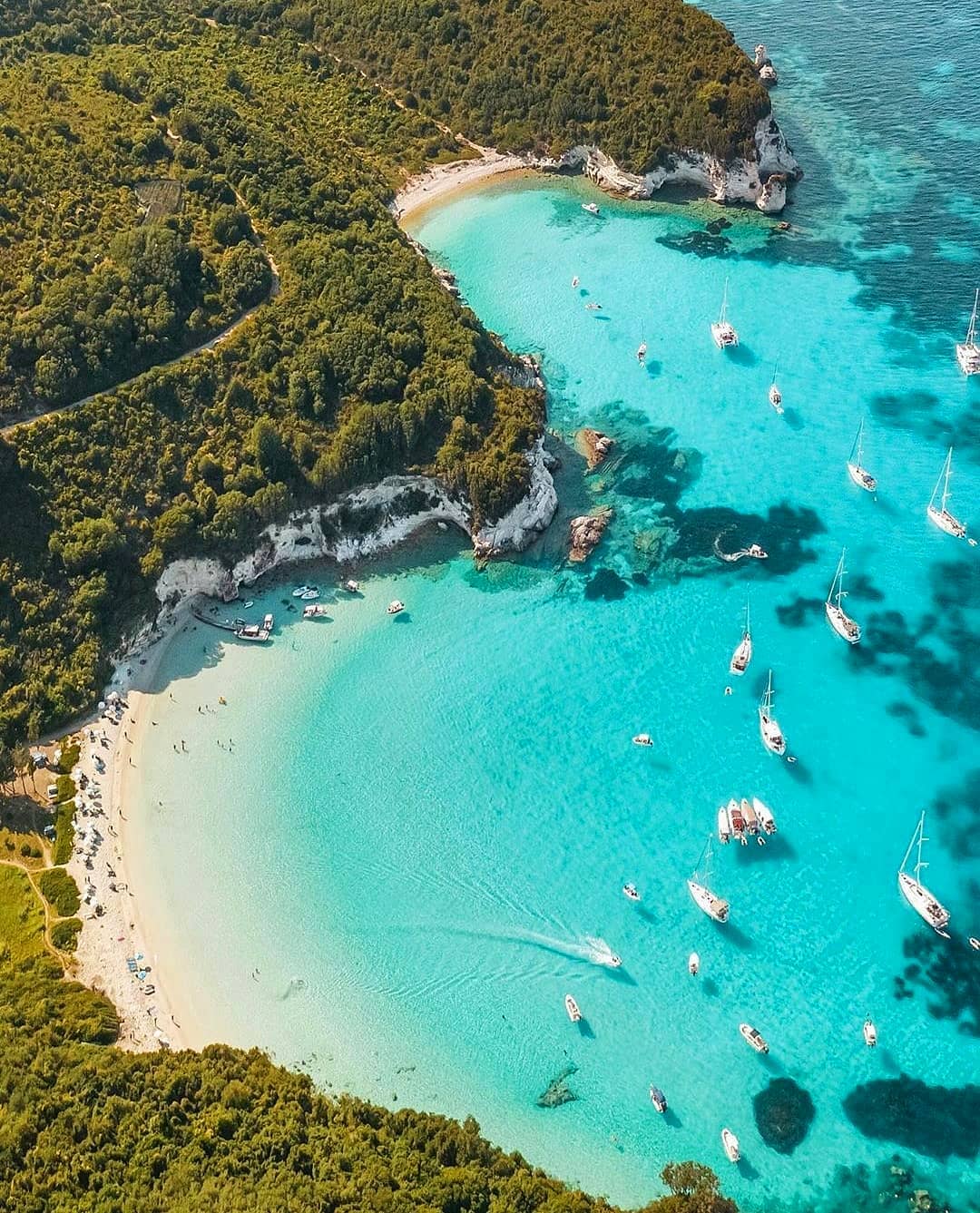
@nick.haji
Antipaxos is a tiny island south of Paxos, known for its stunning beaches. Voutoumi Beach features fine white sand and crystal-clear waters that reflect shades of blue and green. It’s a perfect spot for a day trip and a swim in paradise.
These lesser-known beaches in Greece offer a perfect blend of natural beauty, tranquility, and a touch of adventure. Whether you’re seeking a serene escape, a unique landscape, or a hidden paradise, these destinations are sure to provide an unforgettable experience. Pack your bags, bring your sense of exploration, and discover the hidden gems of Greece’s coastline.
Golden Visa Greece: Your 2025 Guide To Residency By Investment
What Is the Greek Golden Visa?
- Low Entry Point: Starting at just €250,000, Greece offers one of the lowest investment threshold among Golden Visa programs in the EU.
- Visa-Free Schengen Travel: Holders can enjoy unrestricted travel throughout the Schengen Area for up to 90 days within any 180-day period, without needing additional visas.
- Renewal and Validity: The Golden Visa is initially valid for five years and can be renewed every five years, provided the investment is maintained. There’s no requirement to reside in Greece to renew the visa, which is unique compared to other residency programs.
- Family-Friendly: The Greek Golden Visa extends to the investor’s immediate family, including:
- Spouse or partner (if civil partnerships are recognized in the applicant's country of origin)
- Children under 21 (extendable under specific conditions)
- Parents of both the applicant and their spouse
- This family inclusion makes it an attractive option for those seeking residency for their entire household. - No Residency Requirement: You can maintain your visa without living in Greece, a unique feature not offered by all EU programs.
- Pathway to Citizenship: While the Golden Visa provides a route to Greek residency, obtaining Greek citizenship is a separate process. To apply for citizenship, you typically need to live in Greece for 7 years continuously and meet other criteria such as language proficiency, demonstrating ties to Greece, and passing a citizenship test. Learn more about the Greek citizenship process!
- Real Estate Purchase: The updated Greek Golden Visa rules introduce tiered investment thresholds for real estate. In sought-after locations, the minimum property investment has risen to €800,000. For other areas, the threshold is €400,000, while the €250,000 minimum still applies to heritage restorations or conversions of commercial properties into residential homes. These changes aim to balance market demand with preservation and development opportunities. This is the most popular route for Golden Visa applicants due to Greece’s attractive property market and affordable prices.
- Long-Term Leases: A five-year lease in a tourist accommodation (furnished residence or hotel) qualifies.
- Startup & Business Investments: Invest in an innovative Greek startup or registered enterprise to gain eligibility.
- Capital-Based Investments: Includes Greek government bonds, mutual funds, or fixed capital contributions, typically requiring a minimum of €500,000.
- Choose Your Investment
Select the most suitable option based on your goals—real estate, financial products, or a business venture. - Prepare Documentation
You’ll need valid identification, proof of funds, background checks, and health insurance. - Complete the Investment
Finalize the purchase or agreement and gather supporting legal documents. - Submit Your Application
You can apply in person or via legal representation through Greek immigration authorities. - Receive Residency Permit
If approved, your five-year Golden Visa will be issued, with eligibility for renewal as long as the investment is maintained.
Have a question or need help getting started? Feel free to reach out to us! We’re here to connect you with the right resources and make your path to Greek residency as smooth and stress-free as possible.
My Week in Athens… Dec 27
I’ve just returned from a great few days with friends, celebrating Christmas in a village near Ancient Olympia. 12 of us jumped into our cars and drove the 3 hours across the Peloponnese towards Pyrgos. Our overnight bags crammed with pillows and wrapped presents, we spent 2 days in front of the fire, eating, drinking, laughing and enjoying a relaxed time together. It was really great, and a reminder of the things that really matter.
Even with the distinctly Greek blue skies and sunshine of December, it still felt like Christmas. In the end, that ‘Christmas feeling’ we remember from childhood - the anticipation, the opening of boxes big and small, the delicious meals and stories around the table – these have less to do with climate and location, and everything to do with those with whom we share these days. And a few well-timed Skype calls to loved ones in faraway places brought everyone together in a very ‘modern’ way.
The drive back home included a stop in the picturesque town of Vytina, a perfectly wintery locale, with beautiful stone houses, great tavernas, lots of local wares – the perfect end to a great holiday.
Until next week…
With warm wishes to all,
Jack
In this weekly space, keep up with ‘Jack’ as he navigates daily life in Athens… Anecdotes, stories, hits & misses, the good, the bad and, well, the rest…
Restaurant: Fuga Secret Garden
New chef is George Venier, who will soon make its premiere at Fuga, “al fresco”. With his travels as well as his Venetian-Cycladic roots serving as his inspiration and guide, he will present a ‘suitcase’ of culinary trends that he has "collected" along the way.
The outside summer bar will have its own menu and of course a wide selection of original cocktails and juices.
Find the secret ... Fuga garden, one of the most beautiful "secrets" of the city.
Fuga Secret Garden
www.fugarestaurant.com,
Megaro Moussikis Gardens
Kokkali 1; Tel. 210.724.2979
Do you have a recommendation or recipe to share? Send it to us at ideas@xpatathens.com!


